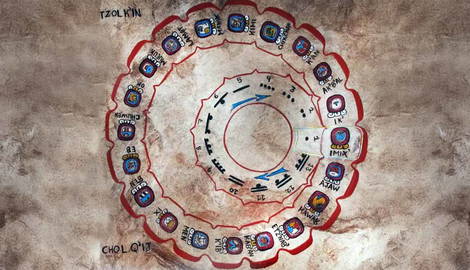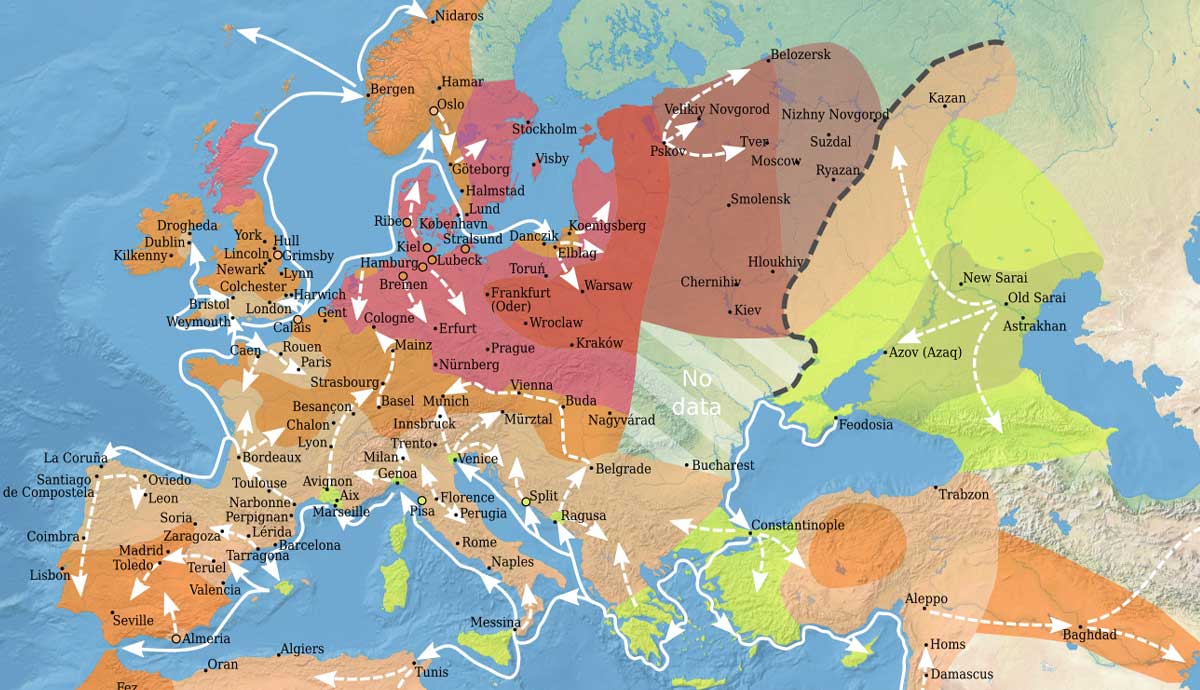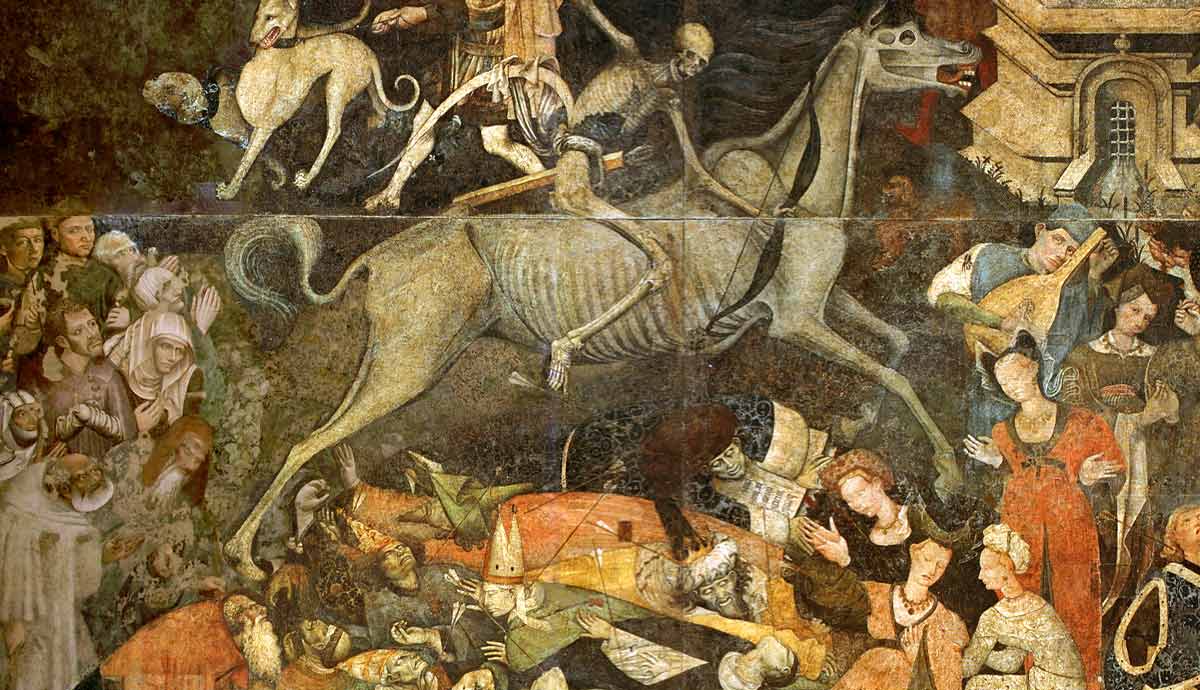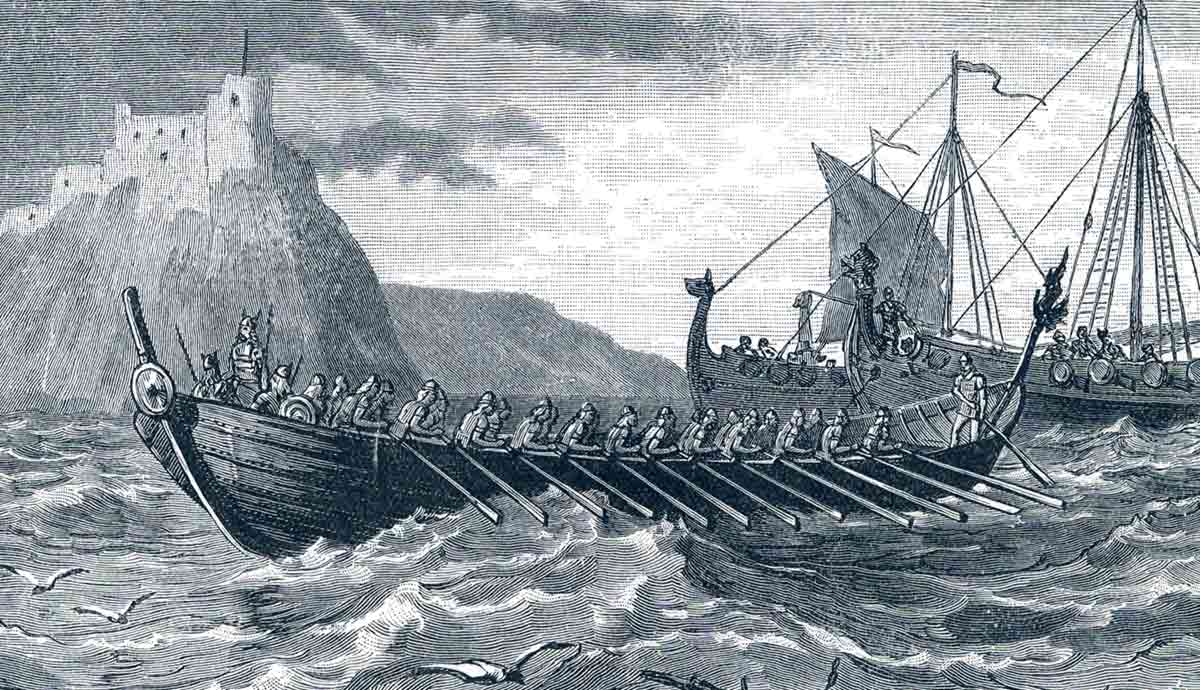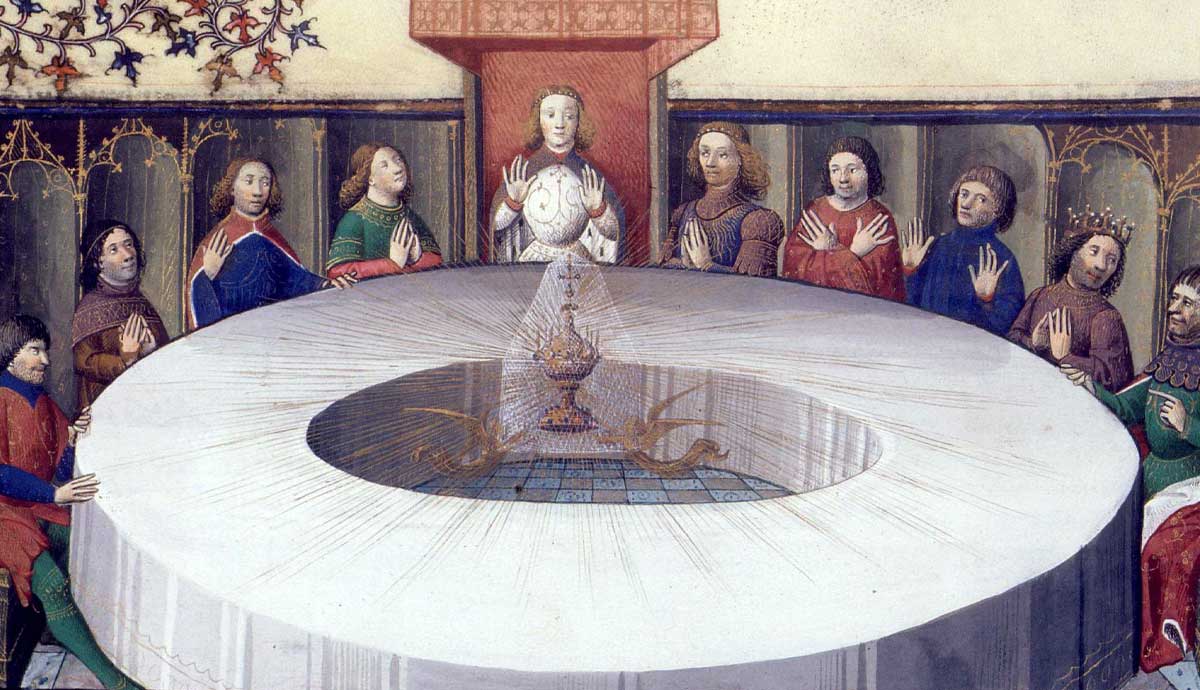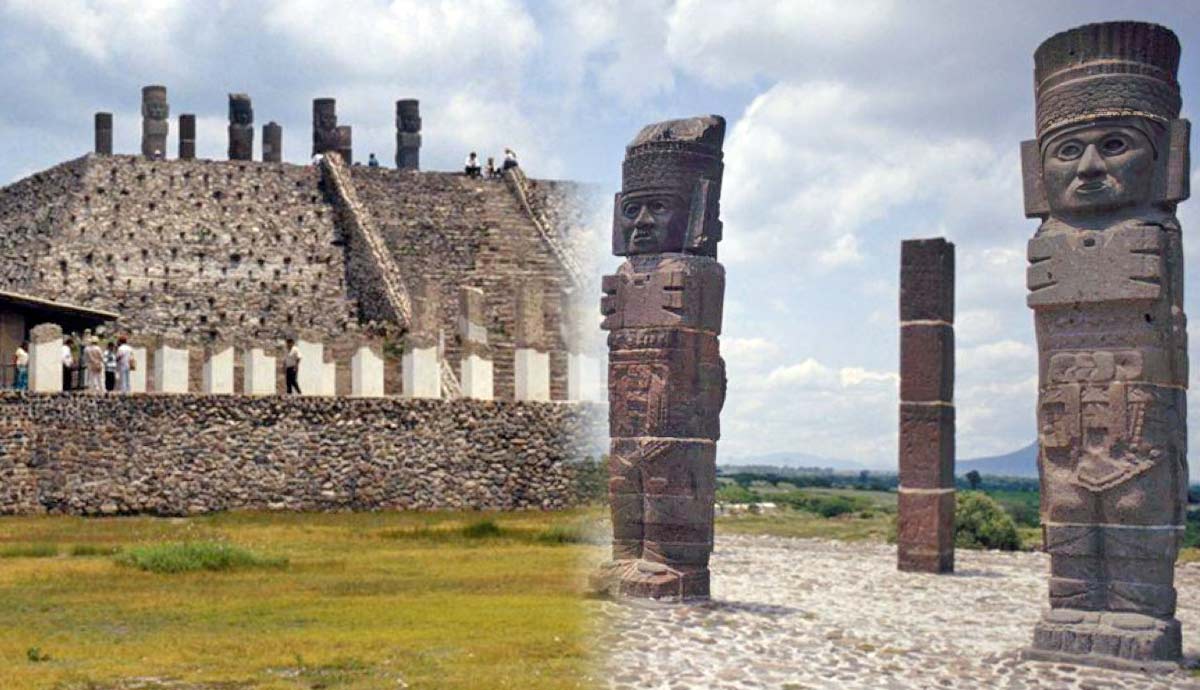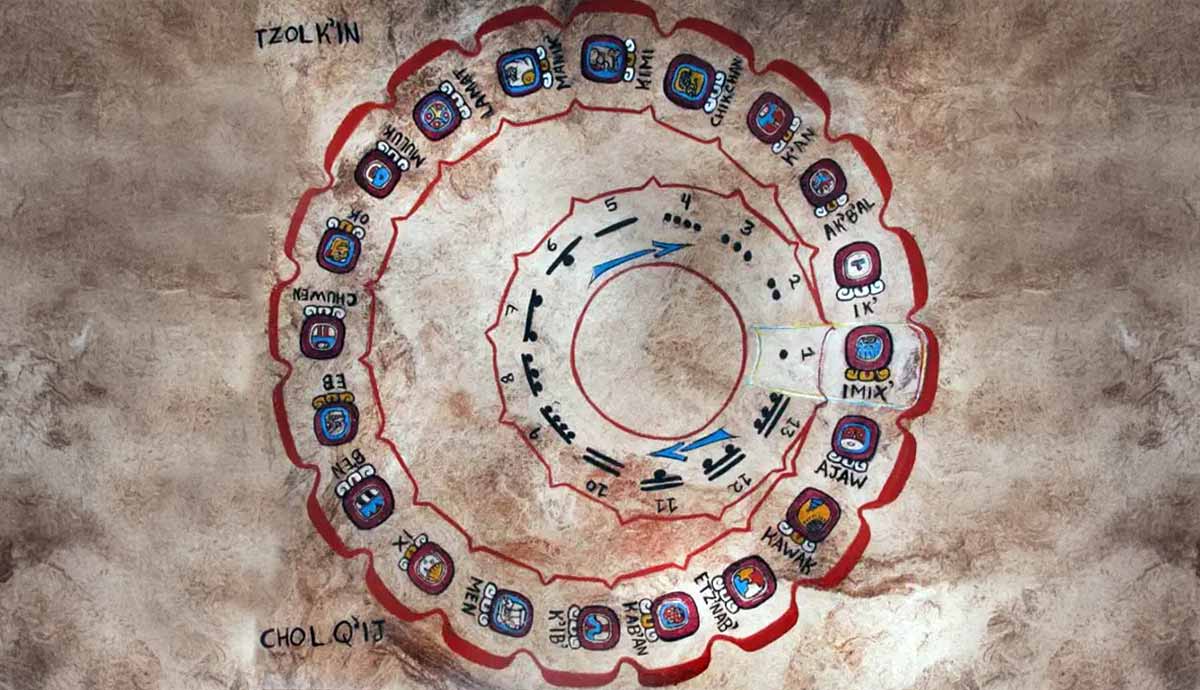
A calendar is an important tool for organizing daily life, scheduling events, and observing public ceremonies. Today, it is an invaluable instrument when it comes to record-keeping and marking historical events. The term calendar originates from the Latin word calendarium, meaning “debt register”, itself a derivative of the term kalendae, which was the first day of the month in the Roman republican calendar. The day was used to settle accounts and debts. Important upcoming events were also announced on that day.
When Was the First Calendar Invented?
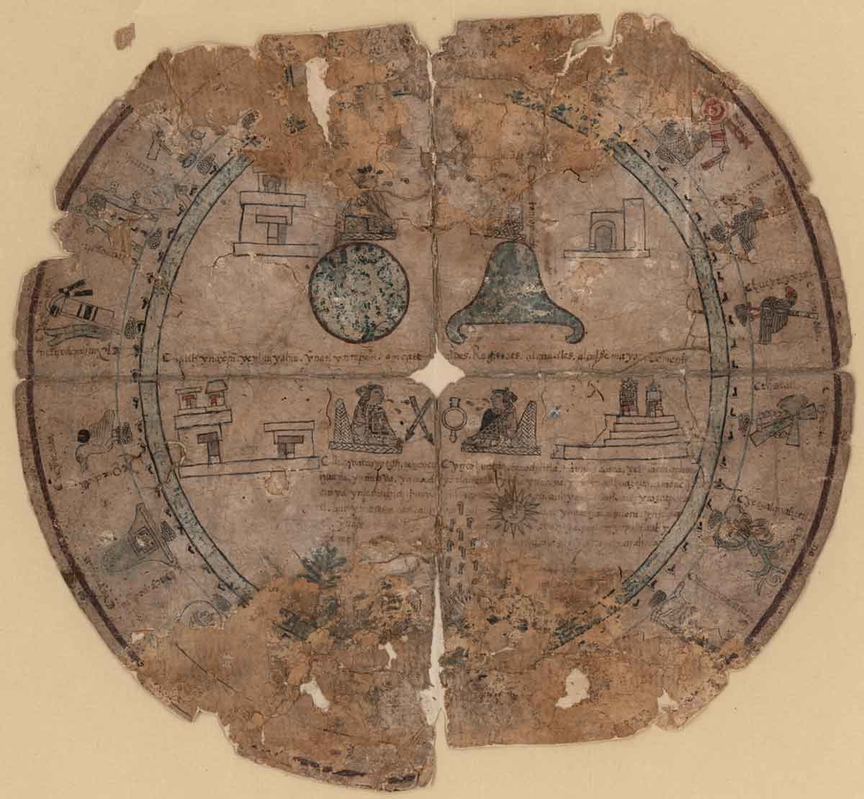
According to historical evidence, the ancient Egyptians and Mesopotamians started to measure time over 5000 years ago. They based their calendars on natural cycles. Their solar calendars were denoted by the periods of days and nights, and their lunar calendars based on the phases of the moon. On the other hand, solar years were predicated upon changing seasons and astronomical events.
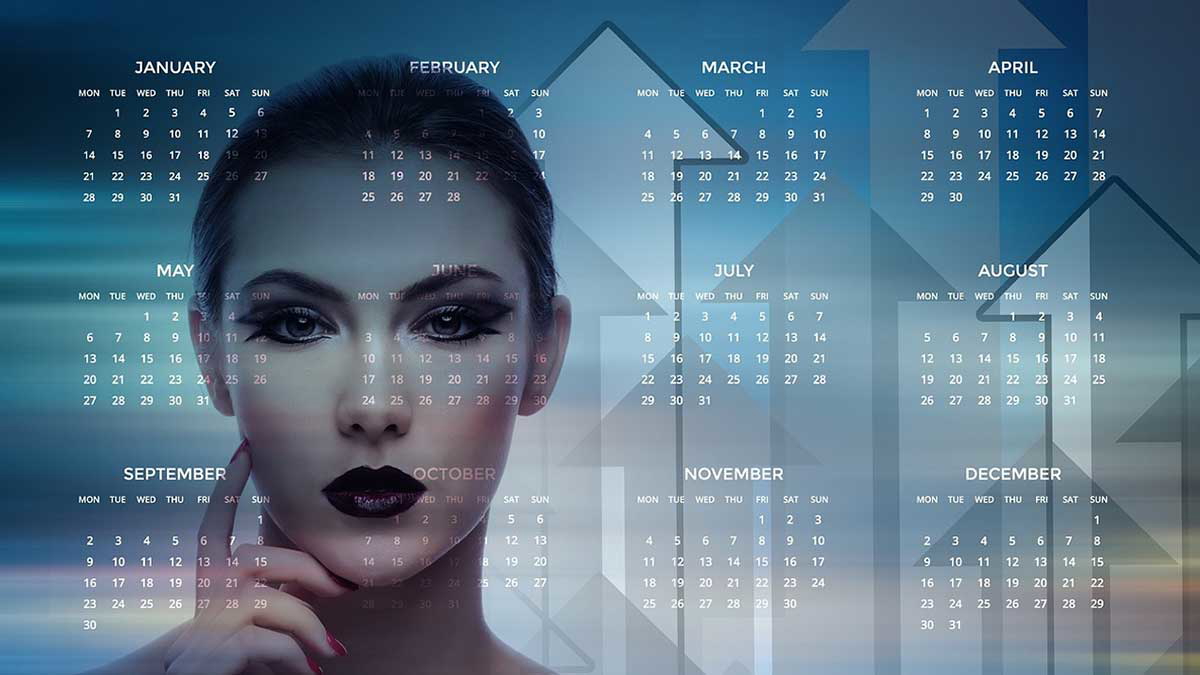
That said, the modern calendar (The Gregorian calendar) borrows influences from a collective of early calendars such as the Jewish, the Babylonian, the Roman, and the Egyptian calendars.
How Did the Egyptian Calendar Contribute to the Modern Calendar?
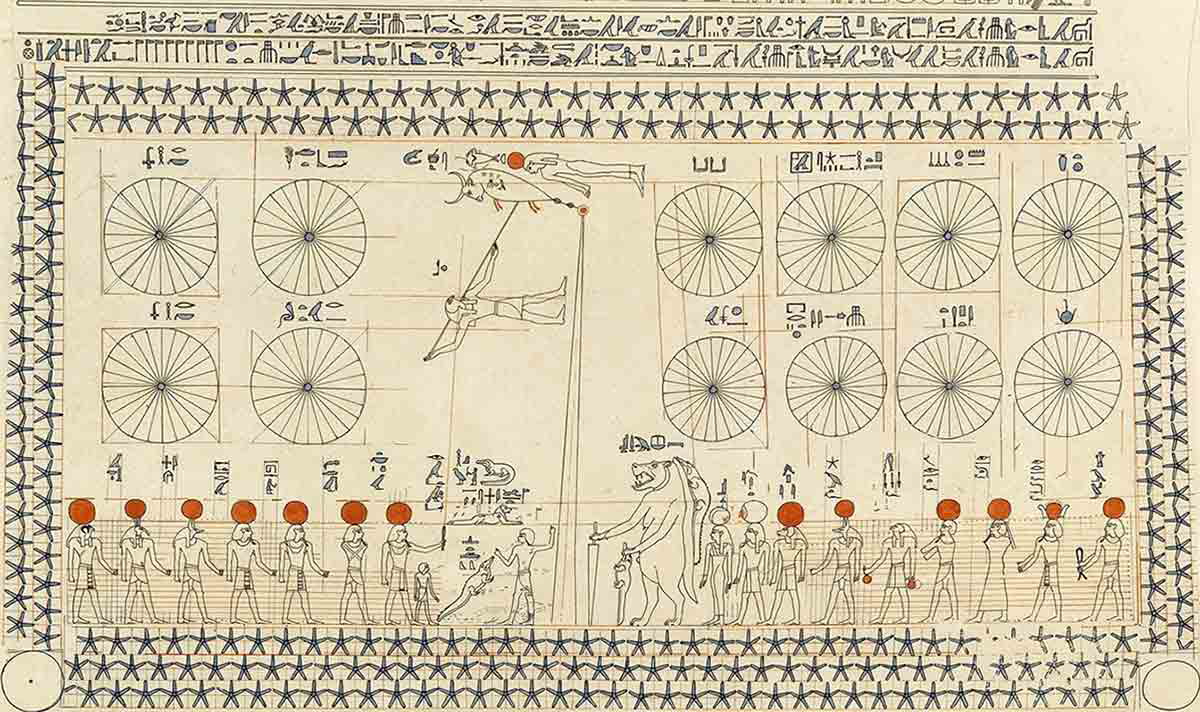
While some earlier civilizations had created calendars, the Egyptian calendar contributed heavily to the modern calendar. The ancient Egyptians first based their calendar on the Moon phases. They also used the stars to help them keep track of their calendar like many other civilizations around the world. They specifically relied on the Sirius star (sothic cycle) which appeared once a year to mark a solar year which was 365.25 days.
However, over time, they sought a more practical calendar system and so they developed a civil calendar with 365 days. The new system divided a year into three parts called seasons. Each season had four months composed of 30 days each. They then added five extra days at the end of the year to make the total days add up. Essentially, they had a calendar made up of 12 months with 360 days plus five days. The new civil calendar borrowed from the Moon calendar and the Nile River‘s yearly changes that denoted seasons.

However, it wasn’t directly linked to either anymore. The Egyptians used the new civilian calendar for governance purposes while the Moon calendar continued to be used for religious events. Over time, it became clear that the civil calendar and the solar year didn’t quite correlate as the civil calendar would be behind by a full day after 4 years (due to the difference in 365.25 days of the sothic cycle and 365 days of the civil calendar). Subsequently, the Egyptians made attempts to calibrate the civil calendar and came up with a new one.
The new calendar was based on the simple 365-day year. They added an extra month whenever the first day of the Moon year came before the first day of the simple year to allow it to line up with the year on the civilian calendar. Later, they started to add an extra month every 25 years to fix discrepancies. However, they didn’t stop using the original Moon calendar. They kept it mainly for farming because it tracked the Nile’s flooding, planting, and harvesting seasons, and religious events.

A more advanced system emerged during the Ptolemaic era when Ptolemy III introduced leap years in 238 BCE. It proposed a leap year every four years. However, the leap year concept was never widely implemented until later after the creation of the Roman Julian calendar in 45 BC following a directive by Julius Caesar.
What Calendars Are Still Observed Today?
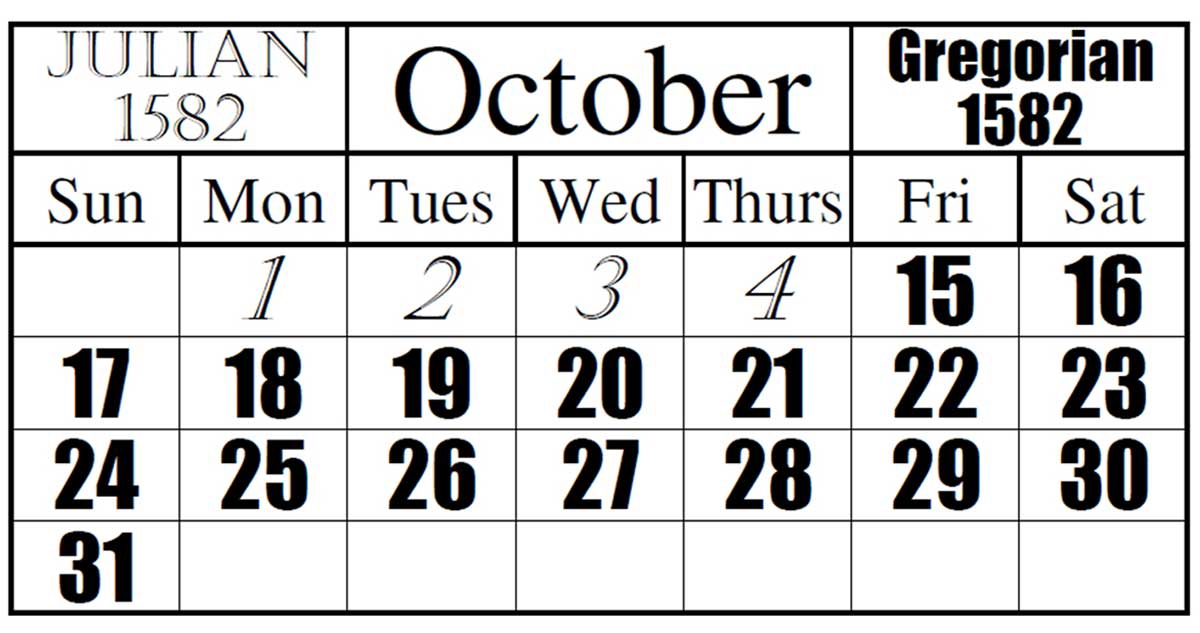
Some calendars still in use today include the Gregorian calendar. Pope Gregory XIII officially established the Gregorian calendar in 1582. It is a solar calendar that is used by most of the world today. Great Britain and its American colonies started using it in 1752. The system was derived from the Julian calendar which Julius Caesar introduced in 45 BC. The main difference is that the Gregorian calendar skips leap days in years that can be divided by 100 but not by 400.
The Jewish calendar is another calendar that is still in use today. It was finalized in the fourth century AD. Some populations still also follow the Chinese calendar which is mostly used to observe traditional festivals. It is used concurrently with the Western (Gregorian) calendar in regions that observe it.
